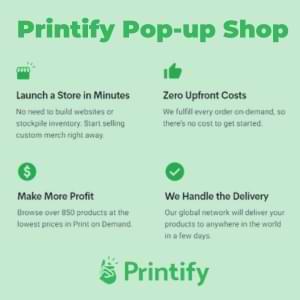As a former radio disc jokey and sportscaster and now eBay and Amazon reseller of mostly media items, I found two stories today from Statista of interest — not only personally, but as food for thought for my reselling business.
According to Statista’s article about the last 30 years of music sales, they noted — not surprisingly, that streaming services such as Spotify and Apple Music have “revolutionized the way we listen to music.”
According to recent figures published by the Recording Industry Association of America (RIAA), streaming, both ad-supported and subscription-based, accounted for 83 percent of music industry revenues in the U.S. last year, up from less than 10 percent in 2010. At $7.0 billion, paid subscriptions accounted for the lion’s share of streaming revenue in 2020, which in total amounted to $10.1 billion. To put that in perspective, all physical music sales combined amounted to just $1.1 billion last year, with downloads adding another $674 million to the music industry’s total haul of $12.2 billion.
According to historical RIAA figures, shows, vinyl records, cassettes, CDs and downloads have all been the predominant form of music consumption at some point in the past three decades, with the compact disc’s reign particularly long and lucrative for the music industry. Inflation-adjusted music revenue peaked in 1999 at $22.7 billion at a time when the CD was also in its prime. That year CD sales alone amounted to $20 billion, more than twice the recording industry’s total revenue for 2018. After hitting a low point in 2014, the music industry started recovering: thanks to the steep increase in streaming subscriptions, 2020 marked the sixth consecutive year of growing music revenues.
 You will find more infographics at Statista
You will find more infographics at Statista
Statista’s second article, specifically about the rise of fall of the compact disc (CD), cites the Recording Industry Association of America (RIAA) reports of CD album sales in the United States dropping by 97% since peaking in 2000, and are currently at their lowest level since 1986, when Whitney Houston’s self-titled debut album topped the Billboard charts.
Having been hit by the rise of filesharing and MP3 players in the early 2000s, CD sales nearly halved between 2000 and 2007, which is when smartphones and the first music streaming services emerged to put the final nail in the compact disc’s little round coffin. In 2020, 31.6 million CD albums were sold in the United States, accounting for less than 4 percent if music industry revenues.
As I said at the beginning, I’m a reseller and do a lot of media sales, mostly CDs and DVDs — I haven’t gotten into vinyl for some reason, maybe that’s next — and I find these numbers interesting.
30 Years of U.S. Music Sales -- and the Rise and Fall of the Compact Disc. Pretty interesting info! Share on X You will find more infographics at Statista
You will find more infographics at Statista
There’s always a new technology that comes along and takes the top spot, but as we’ve seen over the past several years, the secondary market for albums and CDs is substantial. Perhaps those of us that grew up with that media want it back. And of course, true audiophiles swear by the quality of vinyl.
I still have a bunch of old albums. Maybe I’ll sell them some day.
Also, I think back to just after college when I bought a Beta tape machine from Sears for hundreds of dollars! Yup, you read right. Beta. Not VHS!
Pretty much as soon as I bought it, it was worthless. Guess that should’ve told me right then and there that I would never have great luck at the horse races or picking stocks, huh!
What do you think about all this? What was your favorite “old media”? Any thoughts, or don’t you care because you can listen all you want to one of your streaming services?
This Blog Post is Brought to You by the Get Upside App
The Get Upside App is your way to get cash back on your gas purchases. GetUpside lets you search your area for savings on gas, claim your discount, fill up your tank, then just take a picture of the receipt with your phone. And that’s it… you’ve just earned cash back! Ge the app right now at jimperson.com/saveongas. Get the app and start saving money on gas — and help support The Knife Junkie podcast! Again, that’s jimperson.com/saveongas.






